Changing industry created pressure on product management. Mantec helped to improve product management, which ultimately led to an increase in efficiency by 10% and a platform for continuous improvements.
Background
The company, which dates back to the early 1800s, and which develops, produces and sells its products in close collaboration with many external partners, faces a number of challenges.
- Market conditions have changed. New sales channels have been developed, such as the internet and department stores, while retailers are consolidated through various chain stores. This has resulted in new buying behaviour among customers.
- Competing products on the market have proliferated and it is of increasing importance to have an impact on marketing to the consumer, directly or in cooperation with retailers.
- It has become increasingly important to be able to follow the profitability of a product, so that the “right” products are developed and produced.
- It is also important to generate easy mobility and shorter and more intensive selling periods, by combining traditional values of quality and sustainability of market demand.
The problem that the company faces is that despite these pressures, different business units work independently with little sharing of resources and experience.
Implementation
Mantec conducted and documented a detailed process review which identified several areas of potential improvement and led to change proposals for procedural improvements within and between processes. Shared resources were also identified along with the organisational changes that needed to be made. Key actions taken during implementation of the project were:
- new processes were defined with clarity in roles and responsibilities;
- the needs of the company were clarified and that knowledge was used to select a new IT solution;
- organisational changes were implemented to better accommodate the changing needs of the market and dealers; and
- cost of stock and associated obsolescence costs were analysed to inform stock control.
Results
The main benefits to the client of the change process were:
- total resource requirements were reduced as a result of enhancing efficiency and consolidation;
- cost control per product and product line was improved, as a result of introducing a new web-based monitoring tool for both revenues, costs and internal time; and
- efficiency has improved by about 10%.
In addition, the project has built a platform for continuous improvement, continued rationalisation and profitability through the new processes and tools introduced.




